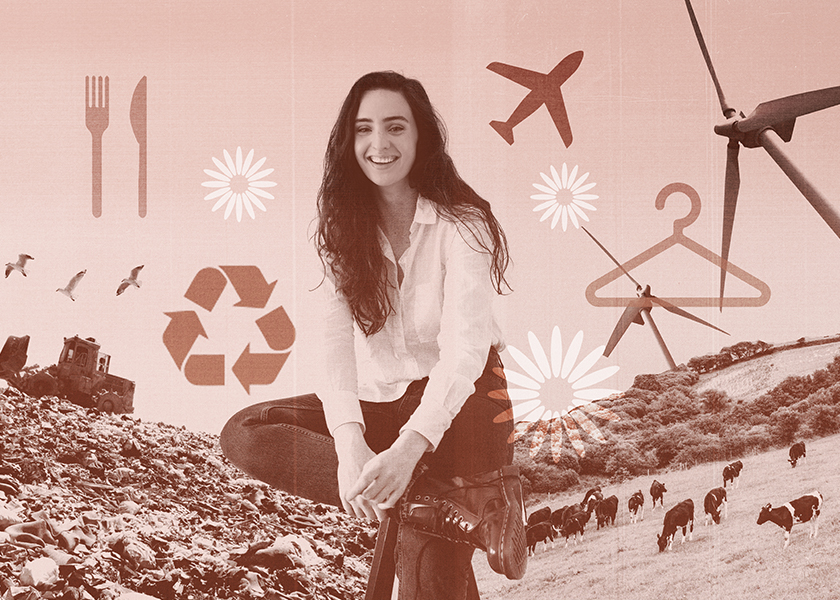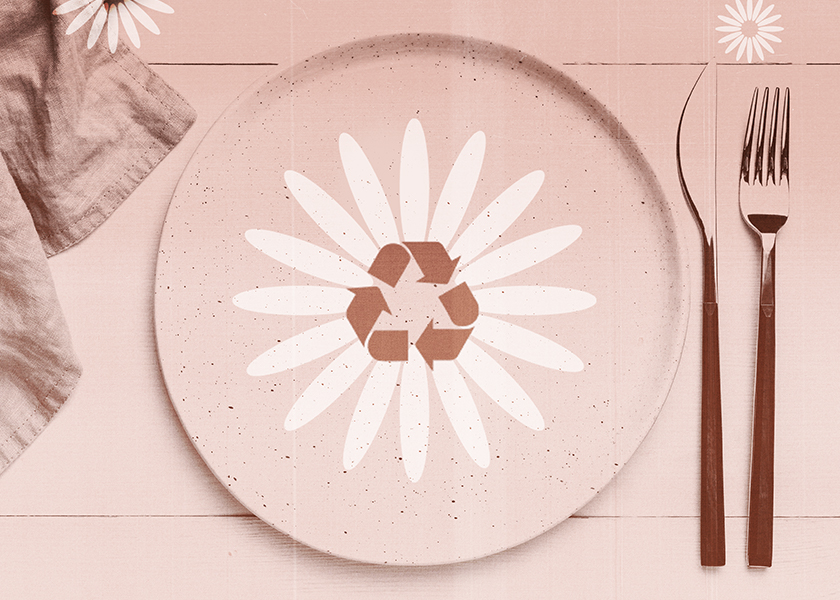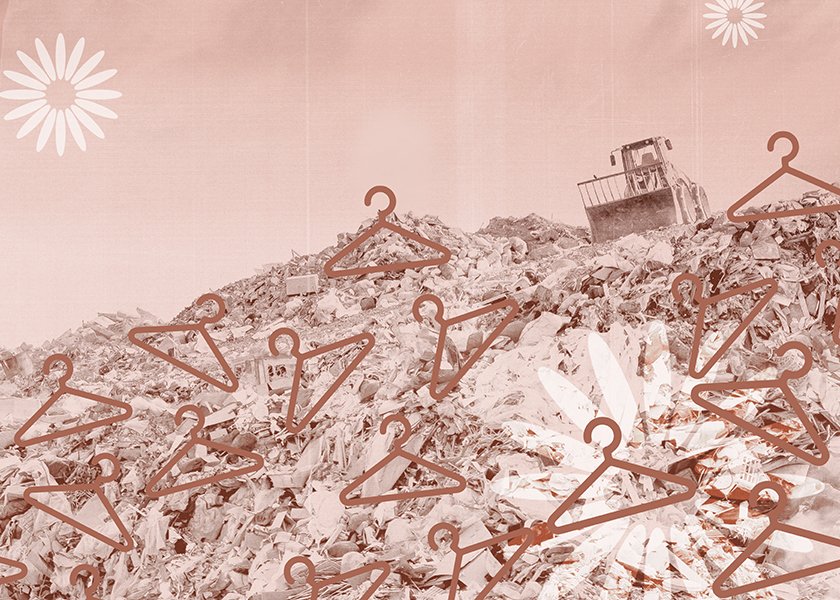- Home |
- Search Results |
- How you can live more sustainably in 2020

There has never been a better time to start living more sustainably. The long-discussed environmental impacts of consumerism and over-production are now being witnessed in real-time on an unprecedented scale, from flooding in Jakarta to Australian bushfires. As the IPCC has stated, we simply don’t have another ten years to get it together. Here are five simple ways you can make an impact.
Want less, waste less
Refuse, reduce, reuse, repurpose, recycle. Remember these r’s when you’re trying to be more sustainable and waste less. Think of it like a pyramid: at the top is refuse - saying ‘no’ to things you don’t need. Waste has reached a scale beyond comprehension. In 2016, five tonnes of waste was generated per EU inhabitant, while in the UK we generated 222.9 million tonnes of total waste in 2016. It’s eye-opening.
Next is reduce: minimising your consumption where possible, and being mindful of the waste and resources created from what you’re buying and using.
Reuse and repurpose comes next: before throwing something out, inevitably to landfill, think of ways that it can be used again or given a new lease of life. Old furniture can be upcycled and jars can be cleaned and use as storage.
The very last resort is to recycle (and making sure to do so properly). Look into your local council’s schemes or remote enterprises such as Terracycle, who specialise in hard-to-recycle waste.
Make-do and mend your wardrobe
Fast fashion is one of the leading contributors to climate change, producing 1.2 billion tonnes of carbon emissions in 2015, with 300,000 tonnes of clothing going to landfill in the UK every year.
Yet, so many of us are still addicted to buying new clothes! We buy twice as many items of clothing than we did a decade ago. So how can you build a more a sustainable wardrobe? Firstly, look at what you already own and appreciate it! Dive in and try some new combinations – you’re bound to rediscover some old gems.
Clothes swap with friends can be a great way to expand your wardrobe. Instead of buying something cheap and fast for a night out, borrow from a friend. Next, buy second-hand and vintage. Not only will you find hidden items, but you’re using what already exists, removing the demand for new items that may end up in a landfill.
Finally, buy from independent local designers and boutiques, from brands that are using sustainable materials and paying their workers fair wages. Do some research and support ethical companies. The Good On You app is a great resource to find out how sustainable or ethical a company is. Some of my personal favourites are People Tree, Sancho’s, Lucy and Yak and Thought Clothing.

Think about what’s on your plate
With each of us eating around three or more times a day, often on the go, it’s important we consider the kinds of food we’re eating, where they’re coming from and how they’re being produced.
Firstly, it’s important to evaluate your food’s carbon footprint. Eating plant-based foods will immediately reduce your food’s carbon footprint, as animal products require more resources and create far more greenhouse gases than plants: 100g of beef equals 105kg of greenhouse gases, whereas 100g of tofu equals less than 3.5kg of greenhouse gases. You don’t have to go completely vegan, but eating a plant-based diet and reducing the reliance on animal derivatives is a great way to start.
From there, try and shop locally and seasonally when and where possible, as you are reducing the miles it takes for your food to get to your plate, as well as supporting your local economy. And finally, think about the packaging of your food. Opt for loose produce without plastic wrap, whether you’re at the supermarket or at your local market, and buy in bulk to reduce on excess waste.
Reduce the impact of your travel
Taking one long-haul flight from London to Australia produces the equivalent of half of the yearly CO2 created by one person, in an entire year in the UK. So imagine if you switched that one long-haul flight for a staycation, or a lesser-impact train ride to a nearby country? Reducing the amount we fly can be an easy way to be more sustainable in 2020. And I for one am going to be looking at ways to get places that don’t involve a plane this year. While it’s not always possible due to commitments, timings and costs, there are plenty of fantastic places to visit closer to home, if you think outside of the box for your next trip away. That’s a real adventure!

Sustainability starts at home
Sustainability starts in the home, and the little changes are easier than you think. Switch to a renewable energy supplier (such as Bulb), buy second-hand and vintage furniture, put your heating on a timer, turn off electricals you aren’t using, compost your food, and recycle properly.
Look around your home and think of ways that you can produce less waste and make things last in order to make your home more sustainable. If you become an expert at this in your own home, you’re much more likely to achieve the same outside of it.
Minimal, How to Simplify Your Life and Live Sustainably by Madeleine Olivia is out now. If you enjoyed these tips then listen to ten more from the audiobook, on how reducing waste can save you money.